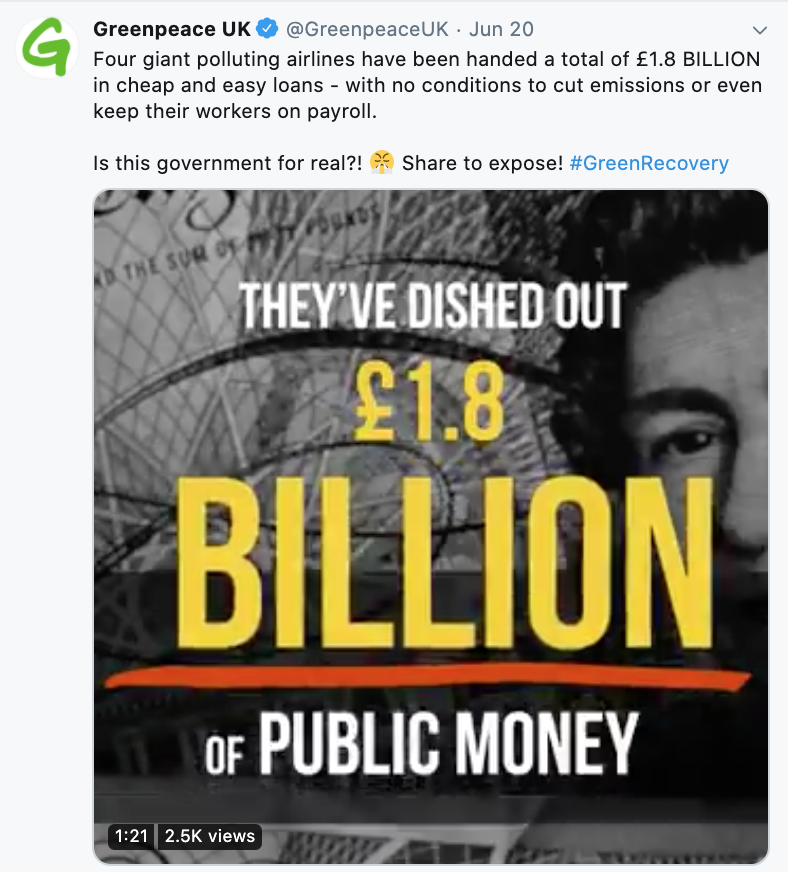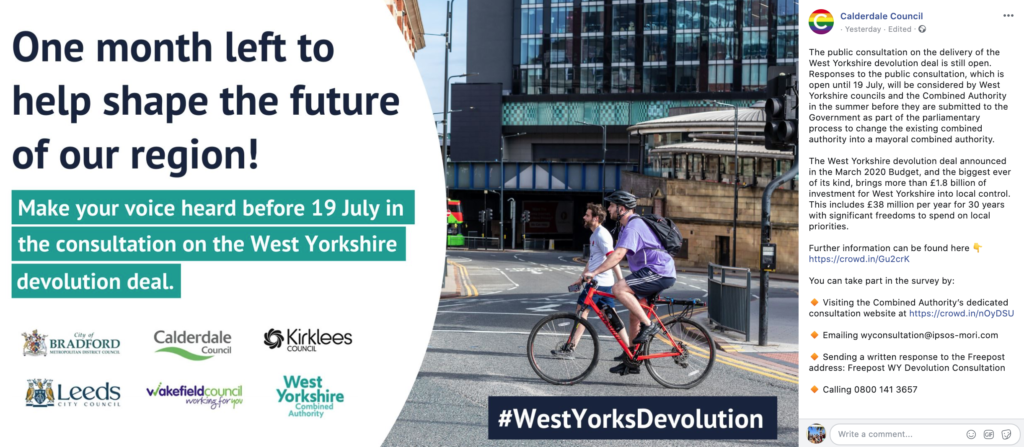Last week PR Week published an exclusive league table showing which government departments have been the “best at using social media during Covid-19” based on the number of interactions on social media. While engagement is one metric to show success it should be used as a baseline for interrogating your data further.
Here are our top five tips to making the most out of your social media analytics.
1. Connect social media to your wider goals
Your data is going to be a lot more meaningful to non-social media savvy colleagues if it is translated into a common language. For example, if you’re a charity looking at enrolling more volunteers then that should inform how you evaluate your activity. It is great news that 1K users viewed your video but a better metric might be the number of click throughs from that post. Be critical about what data you’re sharing and ensure you link social media analytics to overall campaign and organisation goals.
2. Bigger is not always better
Impressions and reach are thrown around carelessly because they look big and impressive. Engagement is a much better metric but even that has its pitfalls. If you get high engagement but all the comments are users complaining or asking for clarification, is that a success? Similarly engagement does not consider who is interacting with the post and whether these engagements have any value or are just a number. For example, if you are running a local campaign then you will naturally receive lower engagement figures but potentially a bigger impact on a smaller group. As Liverpool City Council have said about their venture into TikTok: “it’s not about reach but who we reach”.
3. Know who you’re talking to
You will have different audiences across your channels. Who are they? Where do they live? What content do they like? Get to a stage where you know who is on each channel and what content they respond to. That way you know what content works on each channel and have the evidence to push back against unreasonable demands from across the organisation.
4. Stay focused
Social media analytics can often be overwhelming especially if you are a small team. If that’s the case then try focusing your efforts on one metric per post and design your post with that metric in mind. Don’t crowd your post with too many calls to action – like the one below. Using fewer calls to action will make it easier for your audience to act and easier for you to evaluate your success.
5. Test, test, test
Finally you need to test, test and test again. A social media manager has one of the toughest jobs. The world is your stage and all your colleagues are watching and have opinions on what you do. If the data shows that something didn’t work then hold your hands up and admit it and offer ways you can learn from it. Try putting out the same post at different times in the day. Or try using a different image on the same post. Or even a different call to action. Things won’t always work but you are in the privileged position of using evidence to understand what does and what doesn’t. It’s about learning from what works, doing more of that and less of the other stuff, and ensuring you have a process and data to help you tell one from the other.



